Last year a boutique experimental film hit the market called Yodica . It’s a film that has been previously exposed to light to give some unique, and predictable light leak effects. These are horizontal across the entire roll, very uniform, and come in different colors. Now, normally I would just grab one of my Soviet cameras or a Holga since they all have predictable light leaks. But I wanted to try this film and it was 50% off at the Film Photography Store, so I dropped some well-earned WFH ducats and ordered 8 rolls.
I’m going to be honest, I have no idea what I want to do with the rolls. I thought I wanted to use them in the Leica, but that turned out to be stupid for a couple of reasons. First, it’s a color film and the Leica has no meter. I pretty much ballpark the Sunny 16 method and hope for the best. Second, who the hell pays retail for pre-expired film just to make half-shit artsy photos ? Me, apparently.
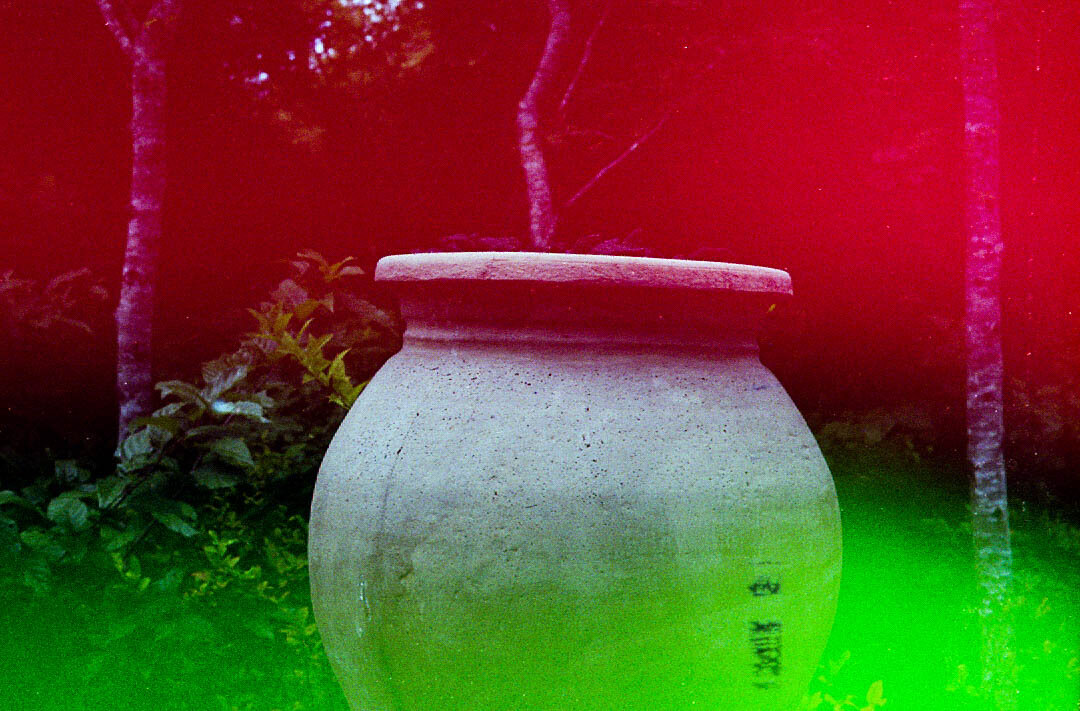
So, disclaimer here: it says ISO 400 on the canister. It’s actually Kodak 200 B. I think the B stands for you just spent Ektar money on Gold 200. Yeah, seriously. If you stretch the film out and look at the printing on the sprockets, it’s Kodak Gold or Colorplus, I’m not sure which and I’m too lazy to look. The problem with this is that I shot it like I was shooting double-exposures. Over-exposing a stop to compensate for the initial light exposure of the film. This, it turns out, is a damn good idea when you know the film is actually ISO 200. I could have shot at 100 and had some damn fine images that were properly exposed.
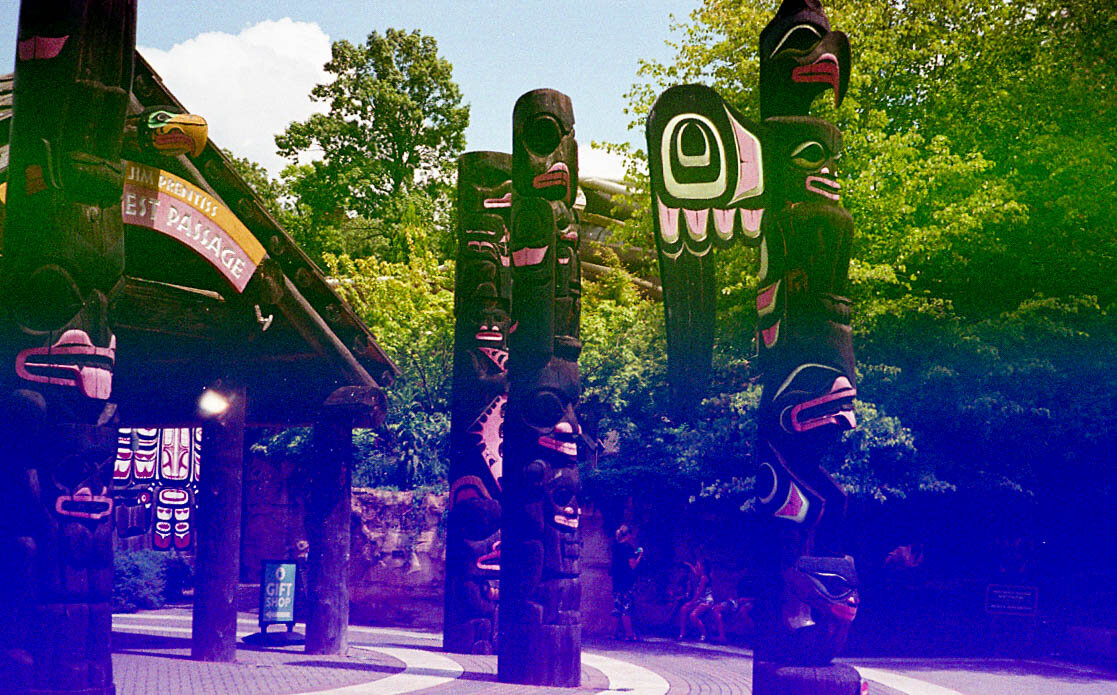
Instead what I got were underexposed images with a lot of grain. Don’t get me wrong, I like grain more than anybody, but in color film it’s called noise. Grain is for black and white. Color needs to be crisp. And taking a couple grand of kit out with consumer grade pre-damaged film in it and metering it wrong gets you noise.
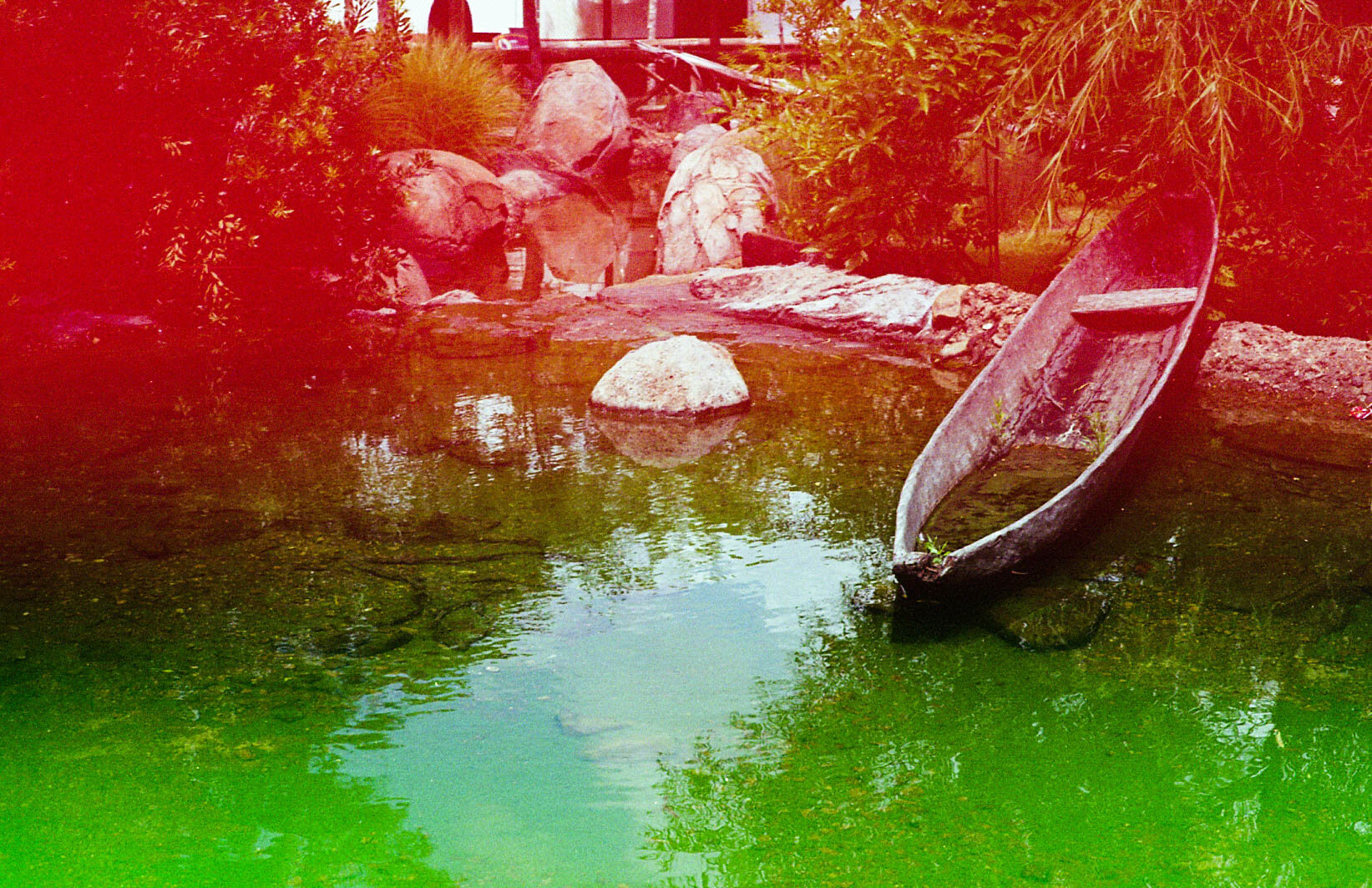
I’m not saying the film is necessarily bad. Hell, I got a good deal of shots that I like just for the composition. The above is not one of them. Too much dead space in the bottom and you can tell I was trying to hide the ugly building in the background. However, it is a good example of how the light leak effect of the film works. I am saying that properly labeling the film, especially for those of us that meter the scene manually, is a step worth taking. This isn’t like Retrochrome 400 which is Ekatchrome 320. That’s a safe half-stop and we can all agree that shooting it at 400 isn’t going to give you any hassle. Calling something faster by a stop, then giving it one half stop exposure before rolling it up, is going to cause your product to not be taken seriously and end up 50% off at probably the most well-known film photography enthusiast site on the Interwebs.
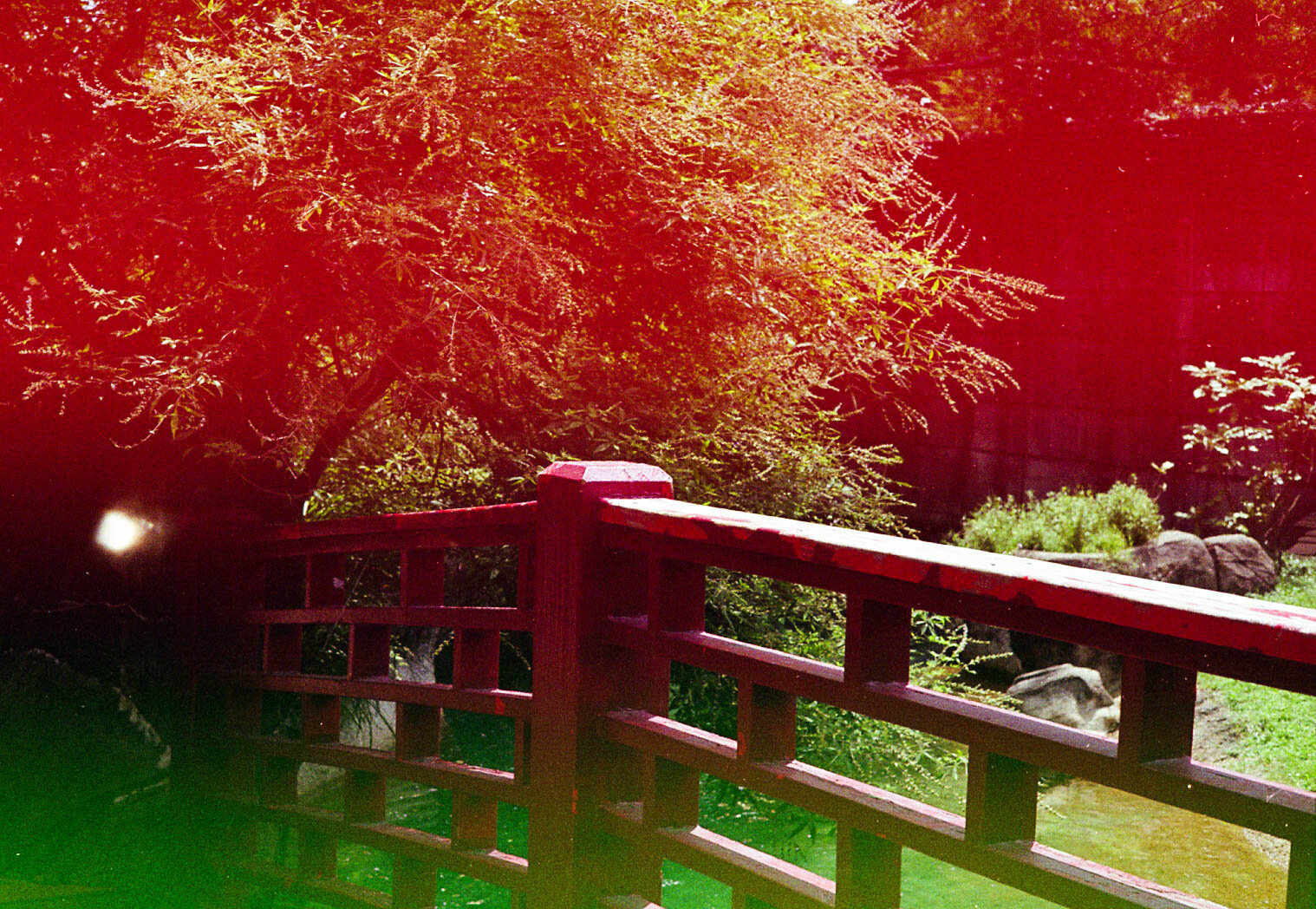
The nice thing about the film is that the canisters themselves are a very handy visual cue of what the style is. The shot above was Yodica Callisto. It has the effect of warm tops and cool bottoms. It pulls it off nicely, and the cannister is green and pink. If I could say I have a favorite, Callisto is definitely it. I wish I’d bought two rolls of it so I could meter it properly and have some better shots. The next shot was taken with Sirio. It’s green and blue and cool across the plane.
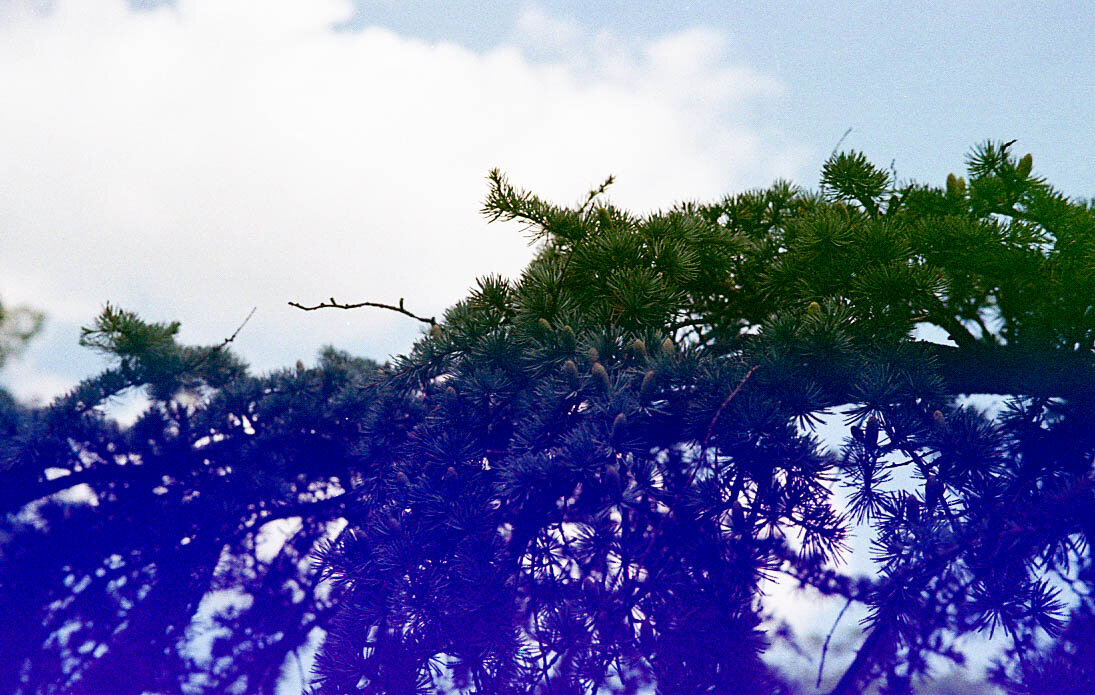
The trick with shooting a film like this is knowing the film well enough and the subject well enough that you’re not going to just blow 36 shots of crappy lightleak-eqsue 1970s vacation images. Unless that is something you are going for and, in that case, carry on. If you’re going to try this film, plan ahead. Shoot in good bright sunlight, and stay out of the shadows. Understand that you’re going to have to crank the ever-loving crap out of the contrast in post just to get something that’s not flat and washed out. Honestly, everything about using this film revolves around planning, planning, and more planning.
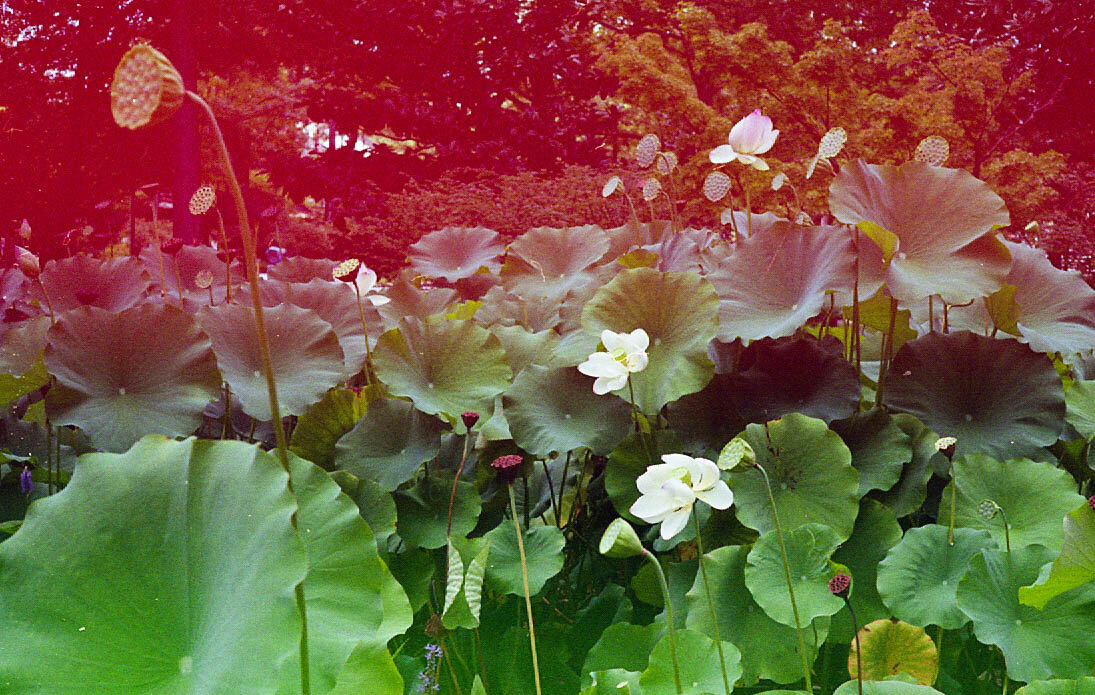
I imagine the question that is floating around in your subconscious right now is why not just do this in Photoshop and use a Digital Camera ? There’s a complicated answer since it’s not black and white — no pun intended. You could certainly recreate this electronically, but you’re not risking anything, nor are you doing much planning. Each shot I took with this was intentional. I had to really think about the color palette of the film against the subject. If you did this in a photo editor, you are just dropping a generic overlay on top of an image and tweaking transparency. I’m not saying it’s not possible, I’m saying it’s not the same.
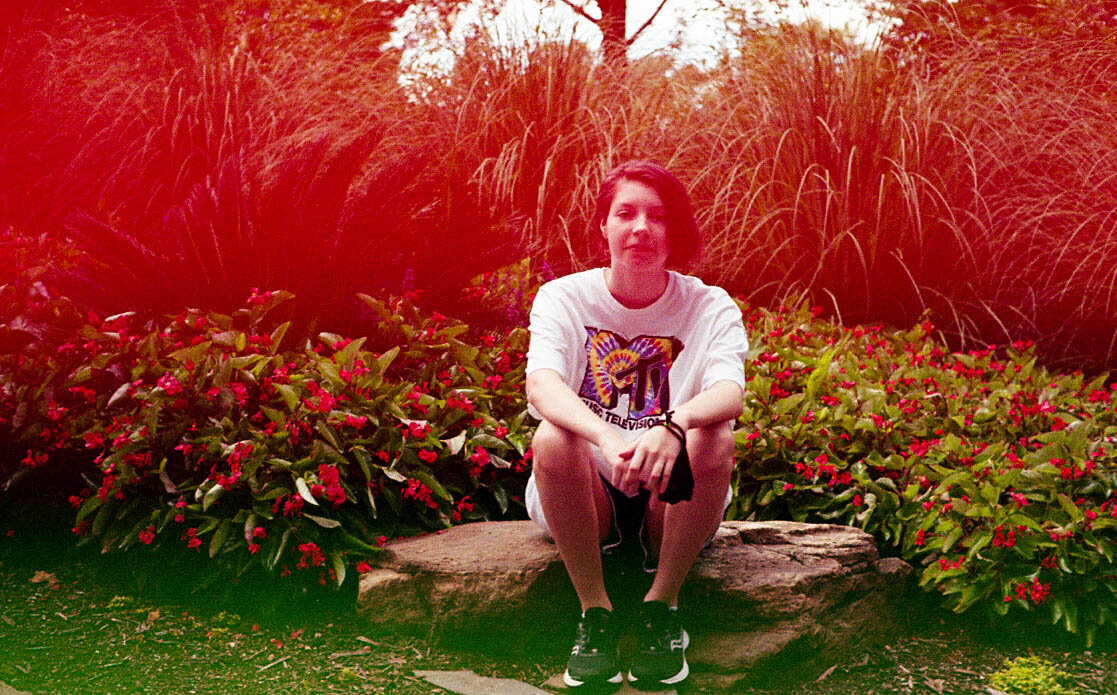
While the film is still available, I’d say give some a shot. I think — and my 6 remaining rolls will certainly validate — that the film is fun to shoot. There is a cost for experimentation, though. Think $11-$13 a roll. I can’t personally justify spending boutique prices on a film that is already half exposed before I load it in the camera, but I can attest to the uniqueness of the medium, and maybe that’s enough to justify the cost. Really, it’s your money. Keep film alive.
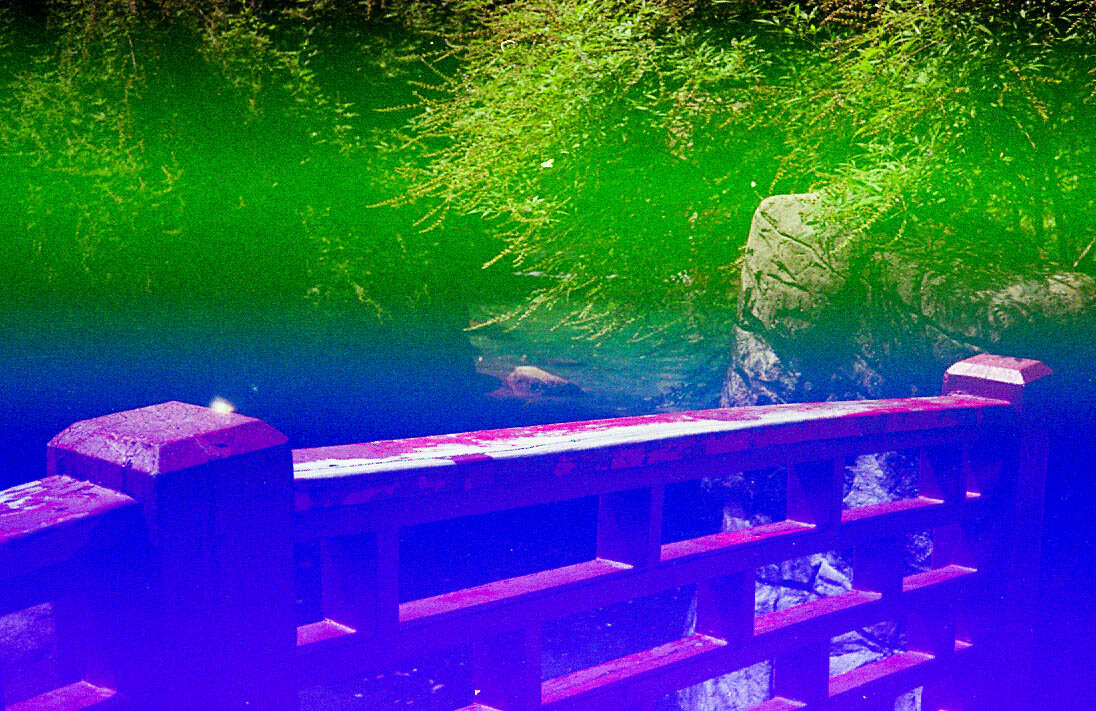


Memphis Zoo on Metropolis Film – Aragon's Eye
[…] definition. I ran across it at the Film Photography Project while ordering some deeply discounted Yodica […]